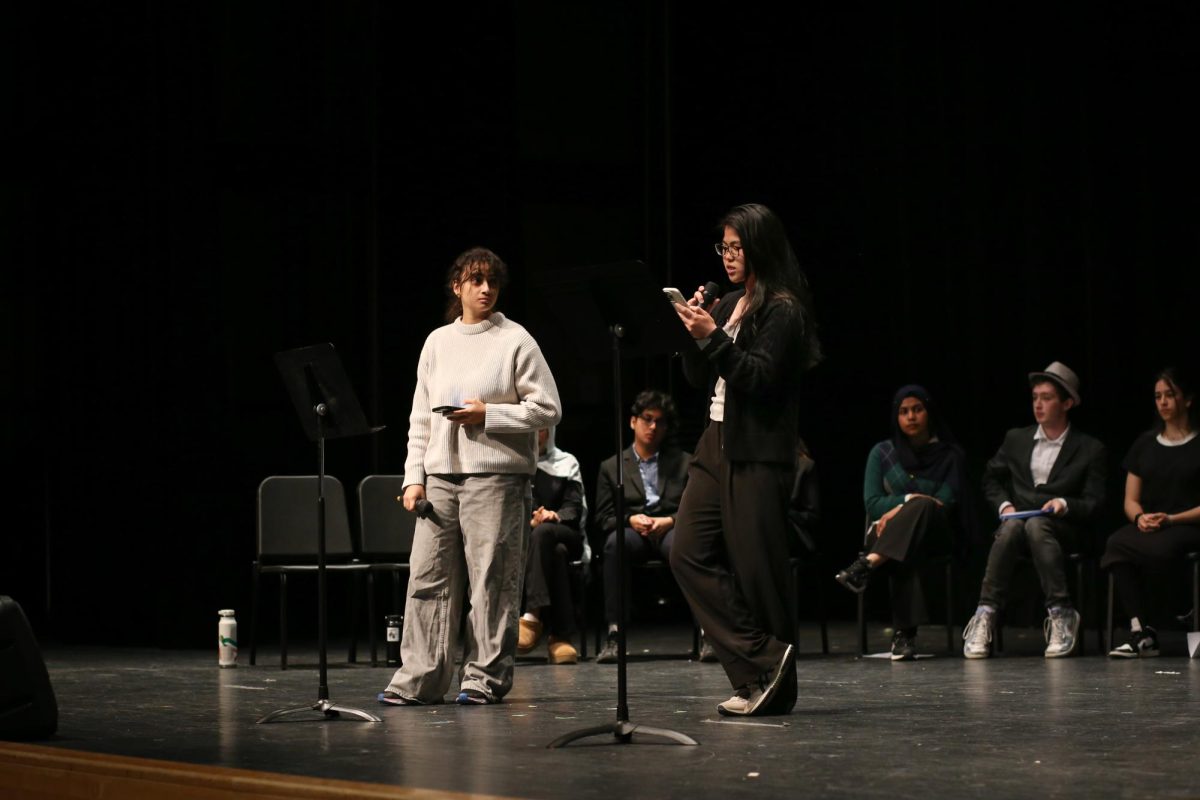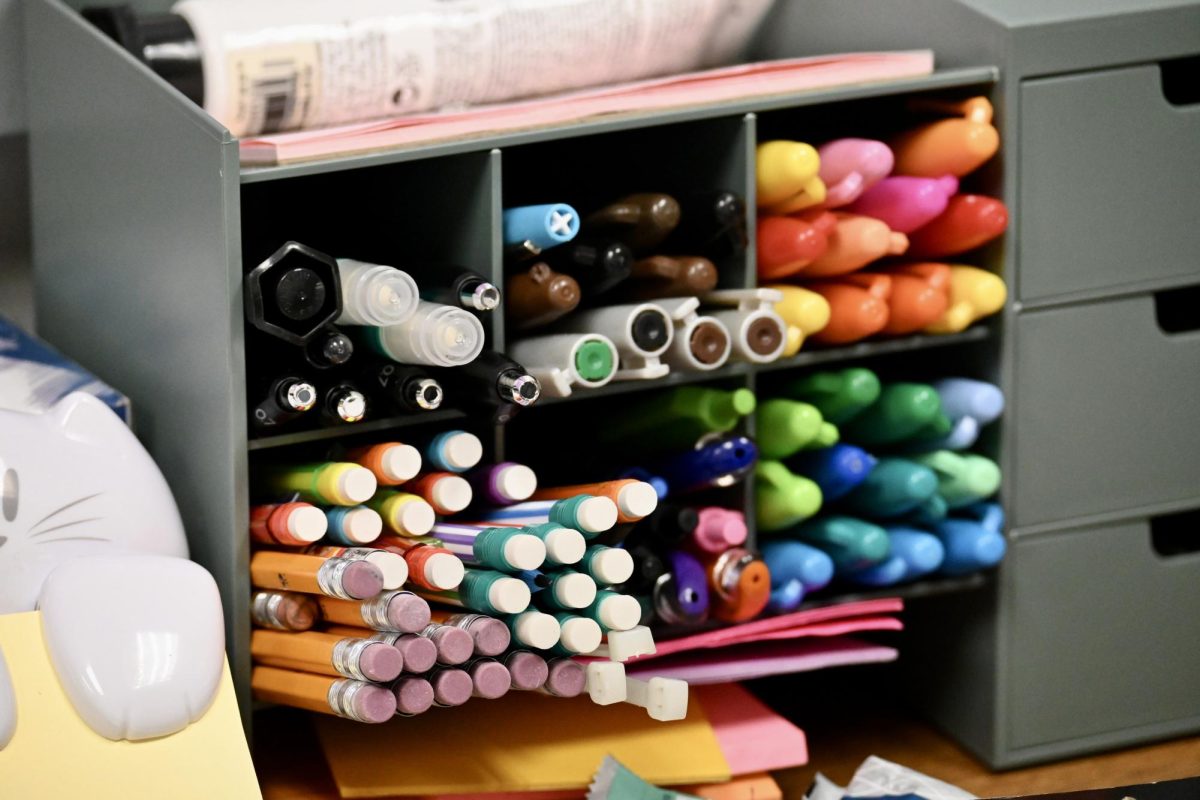
Though teachers have been using Google Drive for class in recent years, Google’s introduction of its “Classroom” suite now allows teachers to administer assignments and interact with students with a new inerface.
Google Classroom offers teachers an apparatus to assign multiple choice exams, projects, and homework, just as they would in a classroom setting. Moreover, teachers have the ability to share embedded files, Google documents, videos, and website links.
Physics teacher and technology coordinator John Tsai commented, “[It] allows students to aggregate their student work and have it for future reference. It forces organization and use of technology, which prepares students for future careers.”
Google Classroom is available on both iOS and Android devices, enabling students to take their work on the go. The most notable feature for the app is its automatic offline caching that allows students and teachers to view their assignments without Internet connection.
Students use the “turn in” button to submit their assignments. However, if they are unsatisfied with their work, they can use the “un-submit” option to withdraw and revise responses.
Teachers can then conveniently grade their students’ work by using the preconfigured numerical values on the website or by inputting their own grades from a comma separated values (CSV) file. Students are immediately notified of their scores.
Senior Fahim Nousad enjoys this virtual classroom because it “gives better teacher-student relationships” and “allows for a better way of reviewing and submitting work.”
Taking the world’s substantial reliance on technology and Google Classroom’s online roots into consideration, the virtual classroom may become the future of education.


























